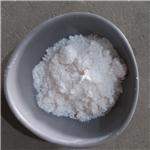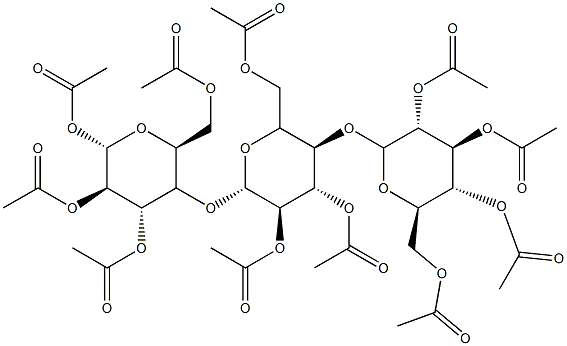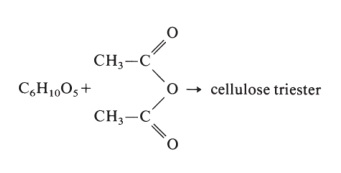- CELLULOSE TRIACETATE
-

- $0.00 / 25kg
-
2025-02-11
- CAS:9012-09-3
- Min. Order: 1kg
- Purity: 99%
- Supply Ability: 50000KG/month
- CELLULOSE TRIACETATE
-

- $0.00 / 1KG
-
2024-10-25
- CAS:9012-09-3
- Min. Order: 1KG
- Purity: 99%
- Supply Ability: 500000kg
- CELLULOSE TRIACETATE
-

- $10.00 / 1kg
-
2024-10-25
- CAS:9012-09-3
- Min. Order: 1kg
- Purity: 0.99
- Supply Ability: 20 tons
|
| | CELLULOSE TRIACETATE Basic information |
| Product Name: | CELLULOSE TRIACETATE | | Synonyms: | CELLULOSE TRIACETATE;CELLULOSE TRIACETATE TETRACHLOROETHANE SOLUBLE;TRIACETYLCELLULOSE;cellulose triacetate microcrystalline;CELLULOSE TRIACETATE MICROCRYSTALLINE, F OR HPLC, <10 UM;CELLULOSE TRIACETATE MICROCRYSTALLINE, FOR HPLC, 15-25 UM;size15-25umforthechromatographicseparationofenantiomers;Cellulose triacetate NF | | CAS: | 9012-09-3 | | MF: | C40H54O27 | | MW: | 966.84056 | | EINECS: | 227-712-6 | | Product Categories: | | | Mol File: | 9012-09-3.mol |  |
| | CELLULOSE TRIACETATE Chemical Properties |
| Melting point | 120-160 °C | | density | 1.29 g/cm3 | | solubility | chloroform: 0.1 g/10 mL leave for 5 h, clear, colorless | | form | pellets | | color | White to slightly yellow | | CAS DataBase Reference | 9012-09-3 | | EPA Substance Registry System | Cellulose, triacetate (9012-09-3) |
| Safety Statements | 24/25 | | WGK Germany | - | | HS Code | 39121100 |
| | CELLULOSE TRIACETATE Usage And Synthesis |
| Description | Glacial acetic acid is introduced gradually in the reactor to dissolve the newly formed cellulose acetate. The product obtained is the nonflammable cellulose triacetate which is insoluble in most organic solvents including acetone, and ether but it is soluble in chloroform, dichloromethane, glacial acetic acid and nitrobenzene. Cellulose triacetate exhibits good dimensional stability and heat resistance, possesses a dielectric constant, resistance to water and good optical transparency. Mechanically, cellulose triacetate has good folding endurance and burst strength. In order to render it soluble, a retrogadation (reverse) reaction, in which one ester functional group is partially saponified, is used to yield the cellulose diacetate or simply cellulose acetate which is soluble in acetone but not in chloroform. Afterwards, its dissolution into a solvent and addition of a plasticizer yields commercial cellulose acetate.
| | Chemical Properties | white to slightly yellow pellets or rods | | Uses | Cellulose Triacetate Polymer can be used to treat, prevent, and/or alleviate osteoarthritis. | | Preparation | Cellulose triacetate is prepared according to the following reaction:

Because cellulose triacetate has a high softening temperature, it must be processed in solution. A mixture of dichloromethane and methanol is a common solvent.
Cellulose triacetate sheeting and film have good gauge uniformity and good optical clarity. Cellulose triacetate products have good dimensional stability and resistance to water and have good folding endurance and burst strength. It is highly resistant to solvents such as acetone. Cellulose triacetate products have good heat resistance and a high dielectric constant. | | Definition | ChEBI: Triacetylcellulose is a (1->4)-beta-D-glucan compound formed by total acetylation of cellulose. It is functionally related to a (1->4)-beta-D-glucan. |
| | CELLULOSE TRIACETATE Preparation Products And Raw materials |
|